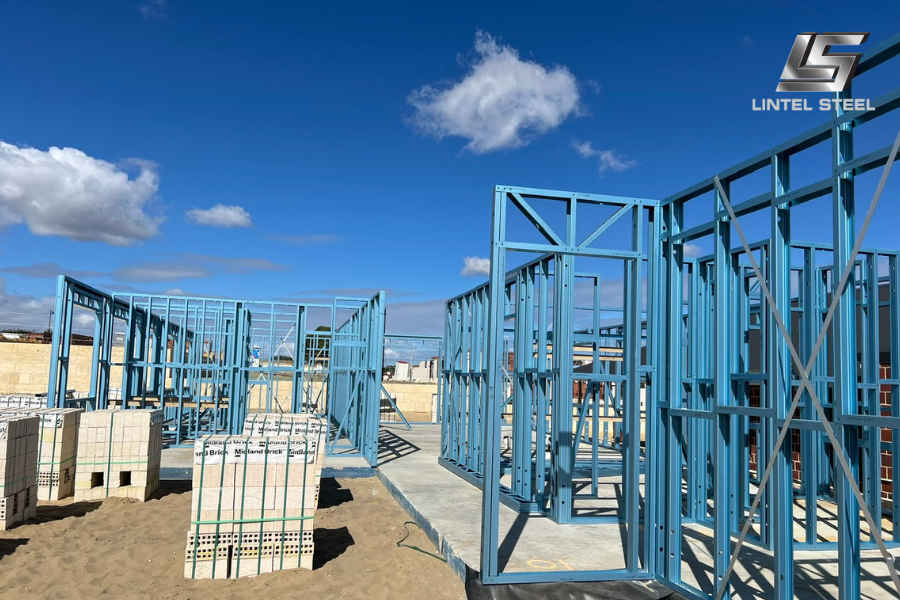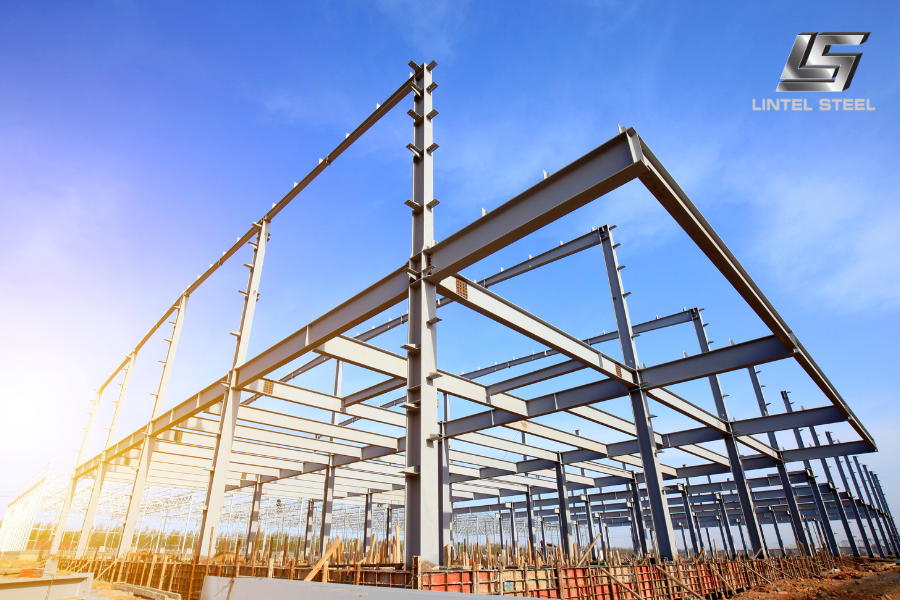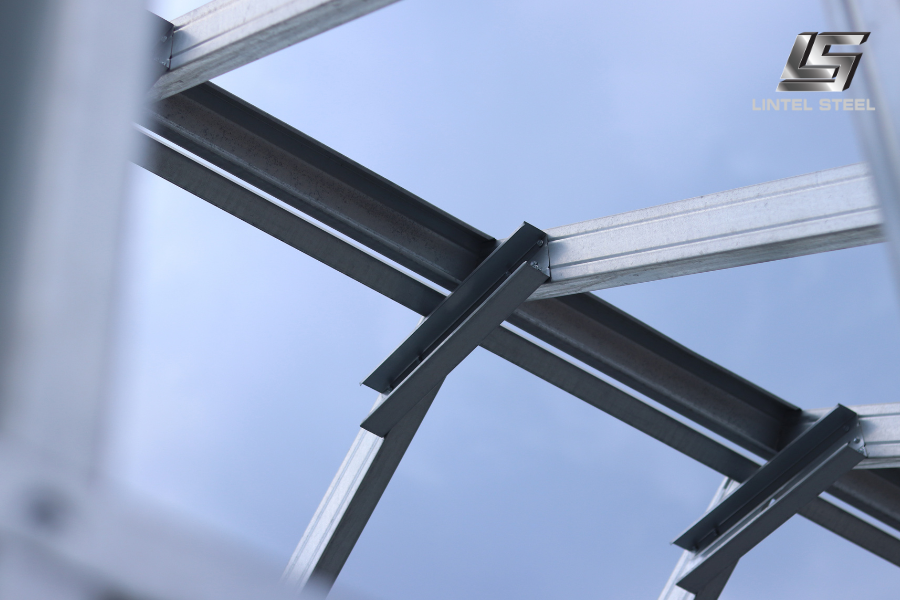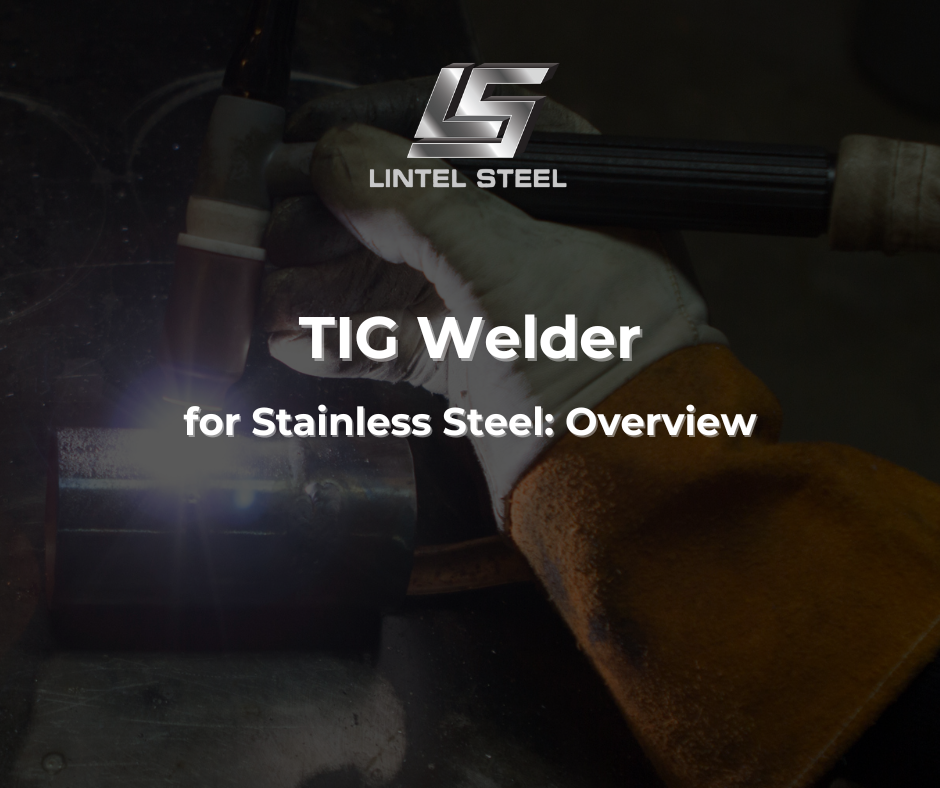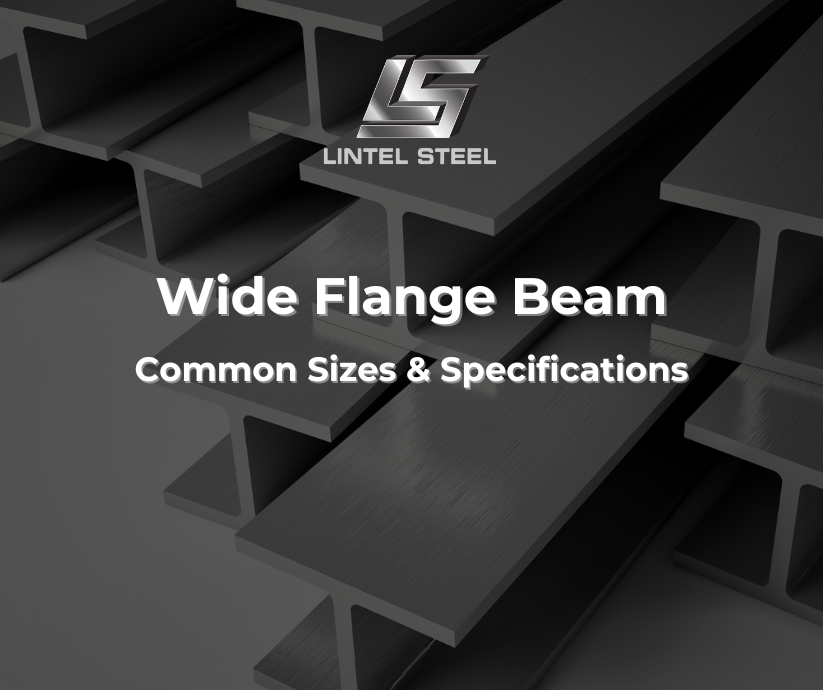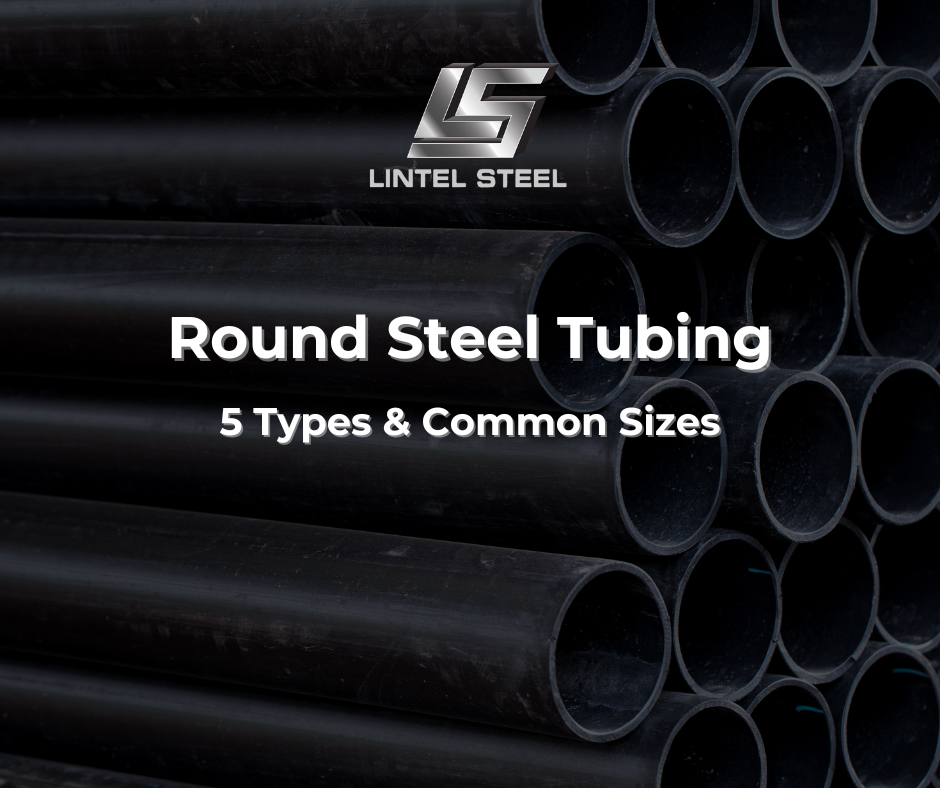Steel Frame Buildings: Modern Construction Trends in 7 Key Insights
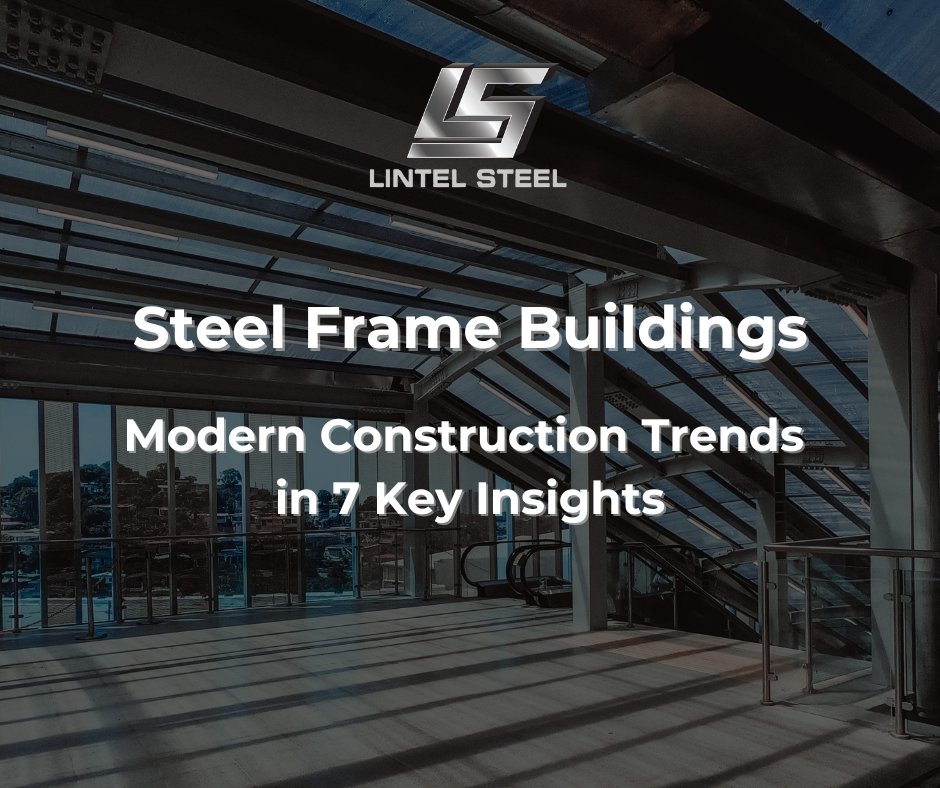
Building strength, precision, and longevity, steel frame buildings stand out as one of the smartest choices in modern construction. From residential homes to industrial warehouses, steel framing has revolutionized how we design and construct spaces.
In Australia — and particularly in areas like Perth — where extreme weather and long-term durability matter, steel frame buildings offer unmatched performance and value. Let’s explore what makes them so reliable, versatile, and cost-effective.
What Are Steel Frame Buildings?
Steel frame buildings are structures built primarily using steel columns, beams, and trusses that form the skeleton of the building. This steel skeleton supports the entire load of the structure — including the roof, walls, and floors — replacing the traditional timber framework.
Depending on the project scale, the frame may be light gauge steel (for smaller residential or office projects) or structural steel (for large industrial or commercial constructions). Both types deliver the same fundamental advantage: a strong, stable structure that resists warping, termites, and moisture damage.
Advantages of Steel Frame Buildings
Choosing steel frame buildings provides multiple benefits compared to traditional building materials:
- Superior Strength and Durability
Steel can handle immense loads and is resistant to cracking, rotting, and warping. This makes it ideal for high-rise construction, large warehouses, and even modern homes that need long spans without internal columns. - Fire and Pest Resistance
Steel doesn’t burn or attract termites — two of the biggest threats to conventional timber frames. This means a safer, longer-lasting structure that requires less maintenance. - Design Flexibility
Because steel is lightweight yet incredibly strong, it allows architects and builders to create open spaces and complex designs that would be difficult or expensive with wood or concrete. - Fast and Efficient Construction
Steel components are pre-fabricated to precise measurements, reducing on-site cutting and waste. This shortens the construction timeline and keeps costs predictable. - Sustainability
Steel is one of the most recyclable materials in the world. When a building’s lifespan ends, the frame can be reused or recycled without losing strength, making it a sustainable choice.
Steel Frame Building Applications
Steel frame buildings are used across nearly every construction sector today:
- Residential – Modern homes, extensions, and granny flats benefit from lightweight steel framing that’s straight, durable, and pest-proof.
- Commercial – Retail stores, offices, and showrooms often use structural steel frames to create wide, open interiors and durable façades.
- Industrial – Factories, workshops, and warehouses rely on steel’s load-bearing capacity and resistance to corrosion, particularly in coastal environments.
- Agricultural – Farm sheds, barns, and equipment storage buildings are typically steel-framed for cost efficiency and longevity.
- Public Infrastructure – Schools, sports halls, and transport facilities also use steel frames for their ability to cover large spaces efficiently.
Common Steel Frame Building Sizes
The versatility of steel frame buildings means they come in many sizes, depending on the purpose:
- Small residential frame: 6m x 9m or 9m x 12m
- Medium warehouse or workshop: 12m x 24m
- Large commercial structure: 20m x 40m or more
- Custom spans up to 60 metres are achievable for industrial buildings without central columns.
These sizes can be modified to suit site conditions, load requirements, or local building codes.
Why Builders Choose Steel Frame Buildings
Across Australia — from suburban homes in Perth to large-scale industrial developments — builders and developers are turning to steel frame buildings as their preferred choice. The reason isn’t just about modern trends or aesthetics; it’s about performance, efficiency, and long-term reliability.
One of the strongest reasons builders prefer steel frame buildings is precision. Every steel beam, column, and joint is fabricated to exact measurements using advanced computer-controlled machinery. This ensures a perfect fit during assembly, drastically reducing on-site errors, rework, and wasted materials. Builders appreciate that level of predictability — every part connects seamlessly, allowing faster construction and a cleaner, more controlled job site.
Then comes durability. Steel doesn’t warp, rot, or crack like timber, nor does it shrink or expand with changes in humidity. Once a steel frame is installed, it stays true to its original form for decades. That kind of structural integrity gives builders confidence that their work will remain strong and stable, even in challenging climates. In places like Perth, where summer heat, coastal air, and termites can wreak havoc on traditional frames, steel stands firm.
Another huge advantage is cost efficiency over time. While a steel frame might cost a little more upfront than timber, its longevity and low maintenance requirements quickly offset the difference. There’s no need for chemical termite treatments, no risk of rot from dampness, and minimal repairs over the building’s lifetime. Builders often point out that this translates into real savings for their clients — fewer callbacks, fewer complaints, and a reputation for delivering long-lasting quality.
From a design standpoint, steel frame buildings offer incredible flexibility. Architects and builders can create open-plan layouts with wide spans and minimal internal supports — something that’s nearly impossible with wood framing. This means more design freedom, easier modifications, and future adaptability if the building needs to expand or change function.
Safety is another major factor. Steel is non-combustible, offering much higher fire resistance than timber. For builders working on residential or commercial projects, that’s a crucial feature for meeting fire safety codes and protecting occupants. In addition, steel structures perform exceptionally well under heavy loads and high winds, giving builders peace of mind in terms of compliance and structural soundness.
Finally, sustainability plays a key role in modern construction choices. Steel is 100% recyclable, and many builders now aim to reduce waste and carbon footprint on projects. By choosing steel, they contribute to more eco-friendly building practices without sacrificing quality or performance.
In short, builders choose steel frame buildings because they combine precision, strength, safety, and sustainability — everything that defines a successful, modern construction project built to last for generations.
Where to Buy Steel Frame Buildings in Perth
If you’re looking for steel frame buildings in Perth, it’s important to choose a reputable supplier who provides certified Australian-made steel and custom fabrication. Local steel fabricators often offer full solutions — from design and engineering to delivery and installation.
Working with a trusted supplier ensures your steel frame complies with Australian Standards (AS/NZS), meets local council requirements, and provides the right wind-rating for your region. Whether you’re building a new home, a warehouse, or a workshop, getting expert advice early can help optimise both design and cost.
Final Thoughts
In a world where time, strength, and efficiency are crucial, steel frame buildings are leading the way. They combine modern engineering with long-term durability — delivering structures that are stronger, safer, and more sustainable.
For builders, architects, and property owners alike, investing in a steel frame means building with confidence — knowing your structure is ready to stand the test of time.
You can find out more about us at our Fanpage Lintel Steel.

